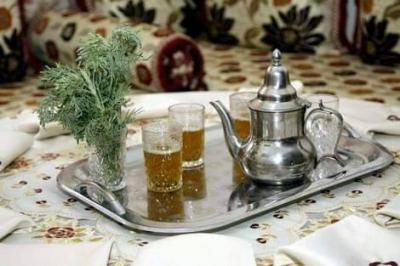Each type of tea has its peak "ripeness" and temperature at which it tastes best and offers the greatest benefits. Schwartz states that "the benefit of removing the tea bag from the cup at a specific time is to prevent it from reaching the point of over-ripeness." For instance, when preparing Japanese green tea, lower water temperatures and shorter steeping times are preferred to produce the best flavor; on the other hand, a tea bag can be steeped multiple times to continue extracting those flavors and benefits. Schwartz adds that "more benefits can be gained the longer the tea bag is steeped, including more flavonoids, polyphenols, and antioxidants; however, there will also be more caffeine and tannins, which can lead to a more bitter and unpleasant drink the longer the tea is consumed. In other words, the consumption of immune-supporting compounds and free radical fighters, which are important for body health, will increase, but the enjoyable taste may diminish."
Furthermore, scientific research has found that there is a specific timing where the possible benefits from a tea drink reach saturation. Conversely, if the tea bag is left steeping for too short a time, one may not receive many flavonoids, resulting in a weaker and more delicate flavor in the cup of tea. Schwartz explains that the key lies in finding the balance to achieve a rich and delicious cup of tea that provides health benefits.
He recommends following two simple rules for the perfect cup of tea each time. The first rule is to choose high-quality whole leaf teas whenever available, as these varieties have a higher concentration of benefits because they have not been cut and thus retain higher nutritional advantages. The second rule is to follow the guidelines on the packaging, especially regarding steeping time and temperatures.
Steeping times typically range from 1 to 3 minutes. Schwartz explains that "rigorous tests are conducted, including steeping durations and different temperatures to find what is considered to work best, which is generally between 1-3 minutes, with the understanding that there is a range of times and temperatures that should be followed depending on the type of tea."




